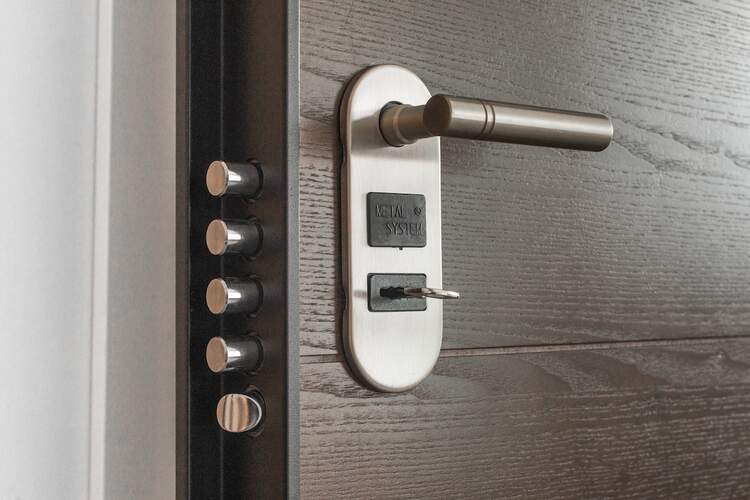In a world that is rapidly advancing in terms of technology and security, traditional keys and locks are no longer the sole means of controlling access to buildings and spaces. The advent of digital access control systems has revolutionized the way we secure our homes, offices, and other environments. One of the key components of these systems is door codes. In this article, we will explore the concept of door codes and their role in modern access control.
Understanding Door Codes
Door codes, often referred to as access codes or PIN codes, are numeric or alphanumeric sequences used to gain entry to a building or room. They have become an integral part of access control systems, replacing or supplementing traditional locks and keys. While the concept of a code to gain entry is not new, modern door codes are more sophisticated and offer numerous advantages over their mechanical counterparts.
The Subheading Breakdown
Access control systems have come a long way from simple lock and key mechanisms. The need for enhanced security and flexibility in managing access to various spaces has driven the development of modern access control solutions. Door codes play a pivotal role in this evolution.
The Components of Door Codes:
Door codes typically consist of a numeric or alphanumeric sequence, often four to six digits in length. These codes are entered into a keypad or touchscreen, which is integrated into the access control system. The security level can be increased by using longer and more complex codes.
Benefits of Door Codes:
Door codes offer several advantages over traditional locks and keys. They are easy to change when access permissions need to be updated, reducing the cost and hassle of rekeying locks. Additionally, codes can be assigned to specific individuals or groups, allowing for granular control over who can enter a particular area.
Enhanced Security:
Modern access control systems with door codes provide enhanced security features, such as timed access and audit trails. Timed access restricts entry to specific times or days, while audit trails log all access attempts, helping to monitor and investigate security breaches.
Integration with Other Technologies:
Door codes are often part of a larger access control system that can integrate with other technologies, such as surveillance cameras, intercoms, and smartphone apps. This integration enhances security and convenience.
User-Friendly Access:
Door codes are user-friendly and can be easily memorized or quickly entered, making them a popular choice for access control in various settings. They are also convenient for visitors who don’t require physical keys.
Challenges and Vulnerabilities:
Despite their advantages, door codes are not without challenges and vulnerabilities. Codes can be compromised if they are too simple or if they are shared with unauthorized individuals. Regularly changing codes and implementing security best practices can mitigate these risks.
The Future of Door Codes
As technology continues to evolve, the future of door codes may involve biometric authentication, such as fingerprint or facial recognition, for even more secure access control. These innovations will further enhance the security and convenience of door code systems.
Conclusion
Door codes have emerged as a crucial component of modern access control systems, offering enhanced security, flexibility, and convenience. They have paved the way for more advanced and integrated access control solutions. However, it’s essential to use door codes responsibly and follow best practices to mitigate vulnerabilities and ensure the security of the spaces they protect. As technology continues to evolve, door codes will likely remain a fundamental element in the ever-advancing field of access control, playing a key role in securing our environments.








